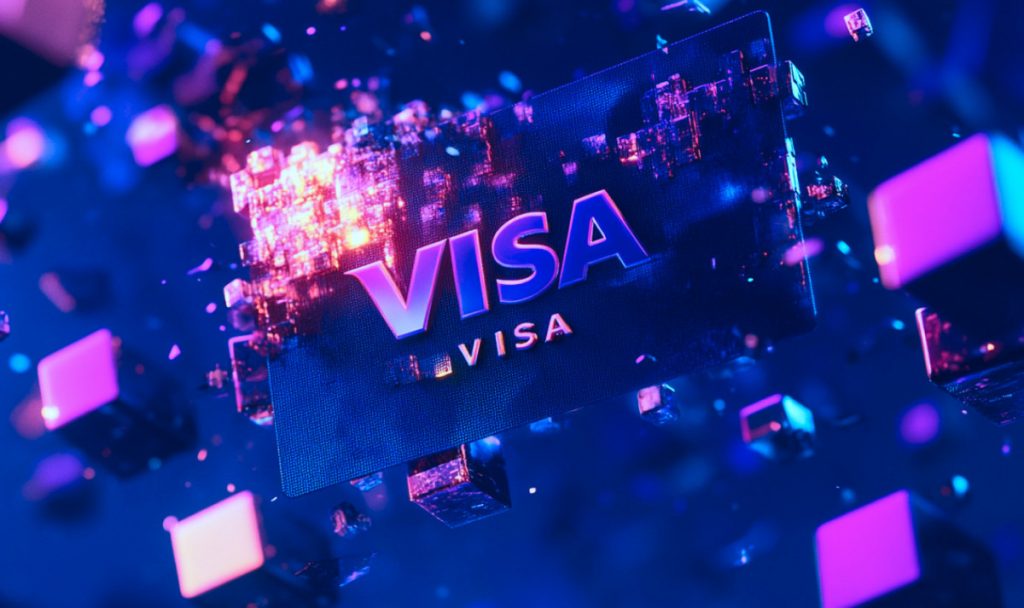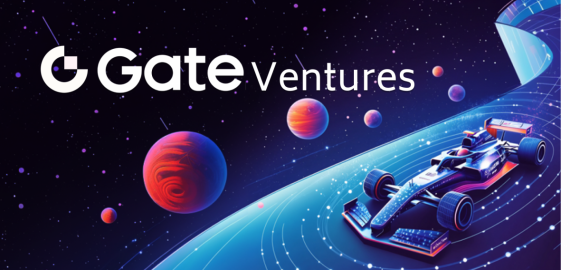Visa and Ethereum Partner to Bring Stablecoins to Banks Globally. Here’s What to Expect in 2025


In Brief
Visa Tokenized Asset Platform, set to launch in 2025, aims to revolutionize banks’ handling of fiat-backed digital assets on blockchain networks, demonstrating Visa’s commitment to digital payment innovation.

The Visa Tokenized Asset Platform, a ground-breaking project, will debut in 2025 with the goal of transforming the way banks issue and oversee fiat-backed digital assets on blockchain networks, such as stablecoins. Visa has been at the forefront of digital payment innovation for almost 60 years, and VTAP is the most recent example of the company’s dedication to influencing the direction of the financial services industry.
Visa wants to make it easier for financial institutions to issue and manage digital assets without interfering with their current operating frameworks by providing VTAP, a straightforward and secure solution. This action is in line with Visa’s overarching plan to close the gap between decentralized blockchain systems and traditional fiat currencies.
Years of planning and serious attention have been given to the debut of VTAP, especially with the cooperation of the Spanish bank BBVA, which will be one of the first to test the platform in a live pilot on the Ethereum blockchain.
The Relevance of Stablecoins and Tokenization in Today’s Finance
In the ecosystem of digital assets, stablecoins have become a major participant, providing the advantages of blockchain technology with the stability of fiat money. Stablecoins have a more stable value since they are correlated with assets like the euro or US dollar, as opposed to cryptocurrencies like Bitcoin, which may have extremely erratic values. Due to their dependability, banks that want to investigate blockchain technology without taking any chances with their operations find them very appealing.
In the financial industry, tokenization—the process of turning physical assets into digital tokens on a blockchain—has also gained popularity. This technology provides a programmable, effective, and safe method of handling digital assets. Tokenization enables banks to use programmable smart contracts to automate transactions while digitizing their assets and streamlining procedures like loans, settlements, and payments.
To facilitate banks’ seamless entry into the world of digital assets, Visa’s VTAP platform makes use of tokenization as well as stablecoins. This allows banks to easily handle tokenized deposits, stablecoins, and other types of digital value.
VTAP as a Customized Banking Solution
In order to meet the demands of banks that want to adopt digital banking without jeopardizing their ongoing business operations, Visa created the VTAP. Stablecoins and other fiat-backed tokens may be minted, burned, and transferred more easily with the help of this platform. Furthermore, it easily blends in with a bank’s current financial infrastructure, enabling organizations to use blockchain technology without requiring a total system redesign.
The capacity of VTAP to enable programmability using smart contracts is one of its most notable characteristics. Reducing human interaction and increasing operational efficiency, smart contracts may digitize and automate a variety of operations, including loan administration and payment settlement.
Smart contracts can be utilized by banks, for instance, to enable almost rapid settlements of tokenized assets or to release cash automatically upon the fulfillment of pre-established criteria. Programmability will be essential to modernizing the financial industry, as old procedures are sometimes laborious and sluggish.
Apart from facilitating seamless integration and programmability, the objective of VTAP is to foster interoperability among diverse blockchain networks. Financial institutions will be able to communicate with external partners and clients on permissioned and public blockchains in addition to their own internal systems. Visa sees a day when banks utilizing VTAP will be able to transfer assets across different blockchain networks with ease, expanding the applications of tokenized assets in local and international transactions.
BBVA and Visa Leading the Way in the Emergence of Digital Banking
One of the most strategic partnerships in Visa’s VTAP journey is its work with BBVA, a prominent global financial institution located in Spain. Since 2014, BBVA has been a leader in the digital asset market, providing services for bitcoin trading and custody.
BBVA started experimenting with the issue, transfer, and redemption of stablecoins on a test blockchain in 2024 as part of its testing of VTAP in a regulated sandbox environment. These early tests gave BBVA important information about how blockchain may increase operational efficiency and enabled them to evaluate the platform’s potential in actual banking settings.
The director of BBVA’s digital assets and blockchain, Francisco Maroto, voiced hope for the future of tokenized assets, pointing out that blockchain has the ability to completely redefine the way value is traded digitally and might significantly alter the financial system as a whole.
BBVA will be one of the first organizations to run a live VTAP trial on the Ethereum blockchain by 2025. The bank intends to launch a stablecoin that will first be used for internal transactions inside its own ecosystem. The stablecoin will be backed by either the euro or the US dollar. But if blockchain technology gains more traction, BBVA will see a lot of opportunities to employ stablecoins outside of its own operations and eventually provide similar services to outside clients.
Ethereum’s Contribution to the Development of VTAP
It is impossible to overestimate Ethereum’s importance as the main blockchain for Visa’s VTAP trial. Offering a stable and secure platform for the development of dApps and the issuing of digital assets, Ethereum has long been a pioneer in the smart contract industry. Visa’s choice to adopt Ethereum for its pilot project demonstrates its faith in the blockchain’s capacity to manage complex financial transactions.
Ethereum will act as the foundation for stablecoin issuance and transfer in the 2025 VTAP experiment. The network is a perfect fit for Visa’s venture into blockchain-based digital asset management because of its demonstrated ability to support DeFi transactions.
Moreover, banks utilizing VTAP will have access to a wider network of blockchain players due to Ethereum’s extensive adoption in both the public and private sectors, which may open up new avenues for cooperation and innovation in the financial industry.
Additionally, Visa has pledged to collaborate closely with regulators, fintech firms, and financial institutions to create industry standards that guarantee the safe and legal expansion of tokenized assets. Visa hopes to provide an ecosystem where digital assets may flourish while upholding the high standard of trust that customers and financial institutions need by encouraging collaboration amongst important parties.
Disclaimer
In line with the Trust Project guidelines, please note that the information provided on this page is not intended to be and should not be interpreted as legal, tax, investment, financial, or any other form of advice. It is important to only invest what you can afford to lose and to seek independent financial advice if you have any doubts. For further information, we suggest referring to the terms and conditions as well as the help and support pages provided by the issuer or advertiser. MetaversePost is committed to accurate, unbiased reporting, but market conditions are subject to change without notice.
About The Author
Victoria is a writer on a variety of technology topics including Web3.0, AI and cryptocurrencies. Her extensive experience allows her to write insightful articles for the wider audience.
More articles

Victoria is a writer on a variety of technology topics including Web3.0, AI and cryptocurrencies. Her extensive experience allows her to write insightful articles for the wider audience.

















































